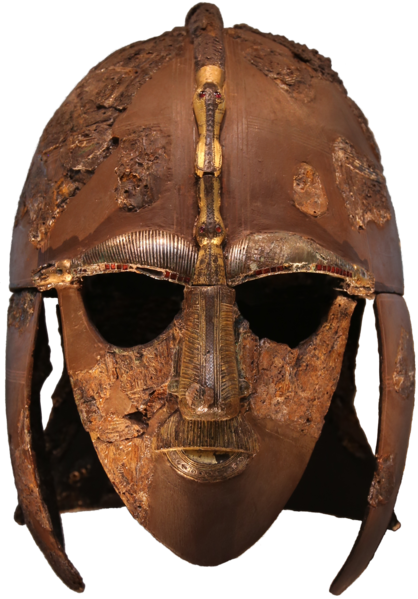Stonemason / Quarryman / Sawyer
Stonemasons, quarrymen, and sawyers are all specialists in dealing with stone, extracting, manufacturing buildings & monuments out of stone. Each fulfils a part of the process for stone work. The quarrymen split sheets of stone and extract it from a quarry site. The sawyers cut the stone into large workable blocks. The stonemasons carve and work the stone, and help position it right in the final built product. The basic tools for these have changed very little over the past few centuries to millennia. Sometimes the masons can specialise as a carver or fixer mason, the former specialising in producing the carvings that are wanted on a stone block, while a fixer mason, almost exclusively, fixes the stone or stone cladding directly onto or into a building.
Granite is the usual igneous stone (or hard stone) to be processed this way. It is used because of this hardiness making anything built from it more durable than other stone. Marble and slate is the usual metamorphic stone used. The flexibility & colour of marble makes it good for striking buildings, monuments & statues, with some of the best examples found in Greece, followed by Italy. Slate is harder than marble, but useful for tile work and the like, as it is usually found in layers that can be separated, and holds it's shape well. The final regularly used stones are limestone and sandstones, both being sedimentary stone. Both are built up over time, the former being made up of carbonate sediment and usually pale greyish white, and the latter being made of silicate sediment and usually reddish brown or thereabouts in colour.
Trowels, punching hammers, and walling hammers are used by masons, while chisels and block & tackle can be used by any of them for the movement, and if necessary shaping along any of the different stages. A quarryman & sawyer would regularly use plugs & feathers beaten in with a hammer or mallet to crack the stone to size, usually along natural fault lines.
As a practice it started at the same time as the widespread use of fire, and the domestication of crops & livestock, allowing early civilisations such as the Sumerians & Egyptians to build massive structures. Any number of buildings could be produced this way. Many masons would carve a personal symbol into each stone block to allow anyone in the know to work out who made what. The Neolithic Revolution allowed early civilisations to work with quicklime, plaster and mortars and helped to start masonry work.
After the fall of the Western Roman Empire, there was a drop in the use of stone masonry in Western Europe but this started taking off again in the 9th & 10 Centuries again. This in part is due to parts of the continent re-establishing connections with other regions that still have these skills. Also, many high ranking individuals have holdings they want to defend and it allows for the building of some very sturdy walls to hide behind.
Type
Construction



Comments